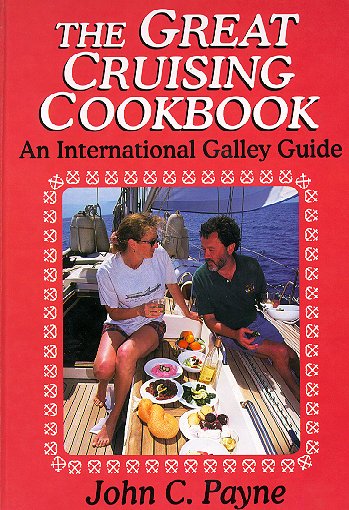About Sailboat Anchoring
Sailboat anchoring is extremely important and doing so is an essential boating skill. It is one thing to be out sailing and boating, and another to be securely and safely anchored. Like most of us I have had my scary anchoring moments, had the panic of a dragging anchor, usually in a crowded anchorage or being pushed onto a lee shore when the wind is up. The whole subject of anchors, anchoring and anchor handling is a very complex one. Even the big guys in large merchant ships experience anchoring issues. It is about choosing the right anchor for the right bottom conditions and then having the right anchor rode and the right anchor handling windlass. So where does one start? All the main anchor windlass makers have very informative websites with lots of useful tools to work out what is needed when calculating ancho winch models, chain and actual anchors. Yachts and sailboats tend to do more extended anchoring than power boats and fishing boats in harsher weather conditions and also in varying bottom conditions. Power boats and fishing boats are more often just out for the day or a weekend in relatively local areas. While the principles are the same they will be covered elsewhere.
Anchoring a yacht may seem straightforward, but it involves a range of challenges that can impact safety, comfort, and vessel integrity. One common issue is poor holding ground—mud, rock, or weed beds may prevent the anchor from setting securely, leading to dragging. Inadequate scope (anchor chain length) or incorrect anchor type for the seabed can worsen this.
Crowded anchorages pose another problem, especially in popular cruising areas. Limited space increases the risk of collision or entanglement with other vessels’ gear. Wind shifts and tidal currents can cause yachts to swing unpredictably, requiring careful planning of swing radius and anchor placement.
Sailboat Anchoring and Anchor Types
So where do you start with boat anchors? The deceptively simple boat anchor is actually quite complicated and these days it appears so many people are reinventing them and claiming superior performance. These claims can be somewhat confusing to say the least. The average sailboat anchor and yacht anchor have many selection considerations. For some its relatively simple and if a local sailor or boater and you have known bottom conditions then choosing anchor types is easy. But for those who venture further away there are many choices, from the plow or CQR Anchor, to the Danforth anchor or the kedge anchor. Then there is the claw anchor and the Bruce anchor, and the grapnel anchor. So initially that seems a bit daunting but it all depends on what type of boating and cruising you do.
Weather changes can also create anchoring difficulties. Sudden squalls or strong gusts may overload the anchor’s holding power, especially if the setup wasn’t optimized for high loads. Inexperienced crew may misjudge depth, scope, or fail to test the anchor’s hold, leading to unexpected movement.
Technical issues like windlass failure, chain twist, or fouled anchors (caught on underwater debris) can complicate retrieval. Additionally, anchoring near sensitive marine habitats or restricted zones may violate local regulations.
Effective anchoring requires knowledge of seabed types, weather patterns, and local rules—plus vigilance, good gear, and sound technique to ensure safety and peace of mind.
Sailboat Anchoring - Anchor Rodes
Anchor rodes connect the anchor to the vessel and typically consist of chain, rope, or a combination. They provide strength, shock absorption, and scope for secure anchoring. Chain offers durability and abrasion resistance, while rope adds flexibility. Proper rode length and type are critical for holding power and safe anchoring. The type of size of anchor rode proposed depends on many factors, from size of boat and whether its rope, rope and chain or all chain. This also be connected to anchor style choices.
Sailboat Anchoring and Anchor Winches
In my view, the boat anchor winch has a level of importance and criticality way up there at the top along with the sails, sail handling, standing and running rigging and the engine. The anchor winch for boat is also right up there on my list of things that must be well maintained and be in perfect serviceable condition. So many times I have had to attend boats with anchor winch issues. A yacht anchor windlass or anchor winch for boats must be properly selected is essential to boating safety. Top of list for most boats cruising around is the electric boat anchor winch. The electric boat anchor winches electrical installation is something that fazes some people. Then when things do not go right then electric windlass trouble shooting has several elements to consider and get back operational. Read more about anchor winch for a boat troubleshooting. Anchor windlasses need to be looked after and sailboat windlass maintenance needs to be a priority. Plenty to learn about sailboat anchoring and most everything else on board.

